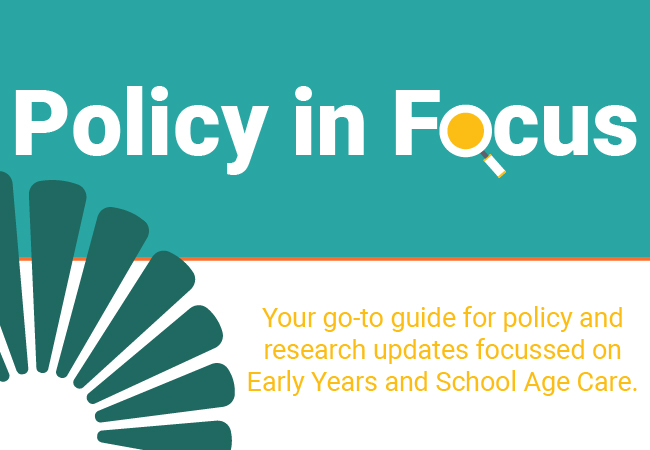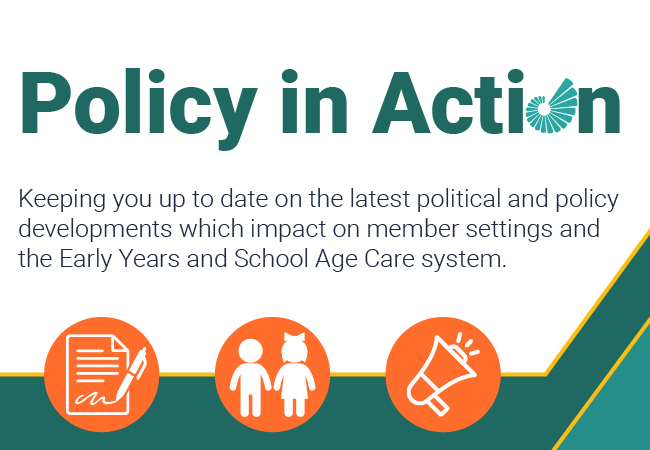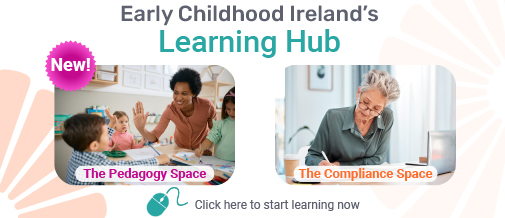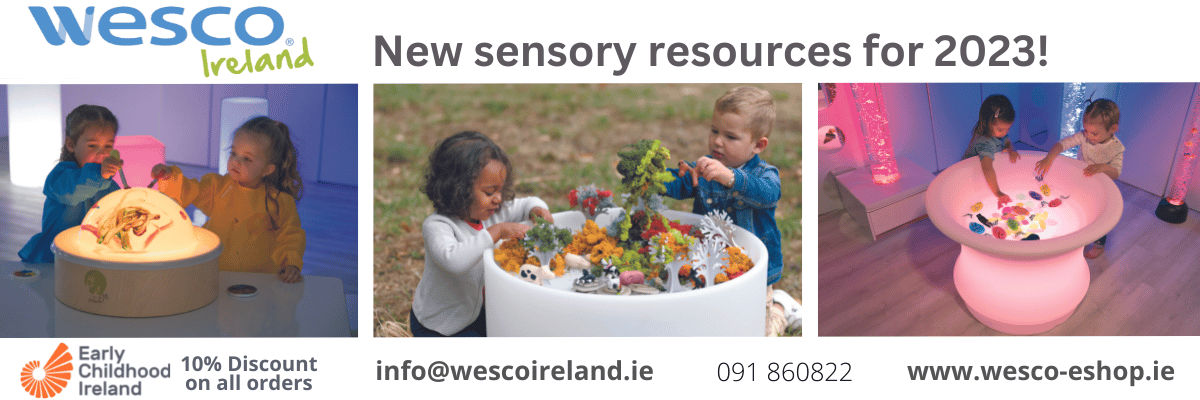Creative Movement
To dance is instinctively human. Dance expresses feelings, tells stories, demonstrates strength and power, connects people, creates ritual and like art and music, it communicates individual and collective experience in a way that words sometimes can’t.
It is intrinsically linked to our early physical development, as young children experiment with movement and respond to the stimulus of the world around them.Moving is one of the first and most important ways infants and toddlers explore and learn about the world, and this process continues as they grow and develop.
Children have a real affinity to music, just as they do to being outside but we have to provide the opportunities and experiences for this so that they are well embedded into everyday practice rather than only something you do on a Wednesday when the pianist comes in. This means finding many opportunities – some planned, some spontaneous – to dance and sing together to many different types of music.
Providing opportunities also means following children’s interests and taking them as the starting point for learning, rather than always planning an adult-directed activity. Expressive Arts is an area of learning where children’s imaginations, ideas and fascinations can come to life and they are able to recreate them in all kinds of ways with adult support and encouragement.
Dance is both a physical activity and a vehicle for self-expression. It offers the rich experience of exploring and creating, with the added benefits of lively movement. Guided creative movement helps young children learn new motor skills and practice, reinforce, and build on those they already use.
Some of the movements you might see include:
– wriggling, rolling, balancing, jumping, skipping, twirling, turning, spinning, hopping, swaying, stamping, rocking, clapping, bouncing, kicking, twisting, sliding, hanging upside down, starting, stopping and falling. These are all regular everyday activities but also important and valid movements in building a child’s early dance skills.
Getting Started
- You might start by asking children to move their body parts differently :“Can you march with your arms up high?” “Can you clap? Touch your knees?” “Can you march bending one knee and keeping the other leg straight? On your tiptoes? Lying on your back with your feet in the air?”
- It’s also a good way to introduce spatial variations: “Can you march backwards? Low? High?” “Can you turn?” “Can you march in a square pattern on the floor?”When exploring shapes see how many you can make your body into – ie circle , triangle above the head
- While dancing to different tempos in music you might ask children “Can you march in slow motion?” “Can you march for seven steps and then freeze? Let’s count together.” “Now, march as fast as you can!””Can you march to the beat of this drum?”
- Energy variations: “Can you march and stomp through mud puddles?” “Can you march as if you are in bare feet on hot sand or on a hot blacktop driveway on a summer day?” “Can you march like a mouse without making a sound when your feet touch the floor?”
Children can then perform their own variations according to their individual abilities and imaginations ( and maybe what they’ve been watching on youtube!’)
Other ideas for promoting dance:
- Improvising is a fundamental part of dance. It involves exploring, discovering and creating our own movements.Play some varied classical music pieces and create moves for the differences in tempo and volume i.e. big arm cicles for loud whooshing sounds.
- Listen and dance to all different types of music – world music, classical, jazz and invite children to bring their favourite music in to share and make up some dance moves to! Encourage staff and childen to also bring in their own music
- Listen to ‘Peter and the Wolf ‘ and make up movements to go with the story
- Take the music outdoors so you have more space to dance it
- Use a variety of different props when dancing – maybe chidlren would like to dress up before they dance; bring our scarves and hand held instruments
- Play ‘Simon says’ to different songs outside – ie take turns to copy peoples different dance moves
- Dance out a favourite story- ie Little Red Riding hood with props
-
Build up a library of music to dance to – there are lots of free music sites http://www.freeplaymusic.com/aboutus.aspx
- Be aware that if you listen to the radio even you need to get an IMRO
You might want to try an inquiry approach to instigate some ideas for movement. What have the children been wondering about? For example -What are clouds and what are they made of ? Where does the rain come from?
Even something as everyday as a cloud can be made into a creative movement- what do clouds look like? ie maybe big and puffy- how can we describe this using our bodies? Let the children lead- maybe it’s by holding our arms up and round… How do clouds move?Do the make a sound? Again the children will have their own individual ways of representing this, although they may also want some ideas from you.
‘The formation of rain’ dance
This can be made into a creative dance with young children , maybe starting off as an initial enquiry or observation of rain. Use appropriate vocabulary where appropriate and it’s ideal to do it outside :
- You can start with a river or stream meandering down a valley. How coudl we pretent to be the river?What movements could we make?Children can express their interpretation of a river , then the river might get faster and louder – you could add music or make your own vocal sound effects
- Next the sun starts shining- cue arms out and round perhaps, or maybe arms up then extending down towards the earth and all the plants, shining down it’s rays.
- The earth and plants get nice and warm and let off moisture into the air – steaming upwards
- Before forming into big fluffy clouds- the ‘clouds’ can then move about but not into each other
- Then the clouds darken and gather together- ‘clouds’ move into a group – before letting out rain
- Children can simulate rain falling down- first quietly in drips, then louder and faster bouncing off puddles perhaps
- The rain gathers together and flows back into the river…..
You might want to use props such as scarves or instruments in forming your rain dance, and it can be done bit by bit- not all at once depending on their age.
Props
Lycra, scarves, odds and ends of fabric, ribbons, handheld instruments, percussion, bells – anything that encourages movement.
Books
• Giraffes Can’t Dance by Giles Andreae and Guy Parker Rees
• Dancing Larry by Daniel Manus Pinkwater (Benchmark Books).
Songs
Hokey Pokey
I’m a little teapot
If you’re happy and you know it
Baby elephant dance
We may have our own hangups ourselves where we need to remember the quote- ‘dance like nobobodys watching’- the unselfconscious joy of children dancing should remind us of that.









